Ways To Improve Poor Circulation
Circulation is important because it allows oxygen to get to all of an individual's organs. In addition, it can help cells grow and increase the health of the skin. Good circulation is crucial because it helps keep the blood flowing through the body and prevent fatty acids from clogging the heart. Understanding how poor circulation happens and why it is not healthy is important. Additionally, patients should understand what things contribute to poor circulation and what they can do to improve it. This will lead to aiding the body to combat illnesses and increase overall health and function. Reveal the methods of improving poor circulation now.
Stretching And Exercise
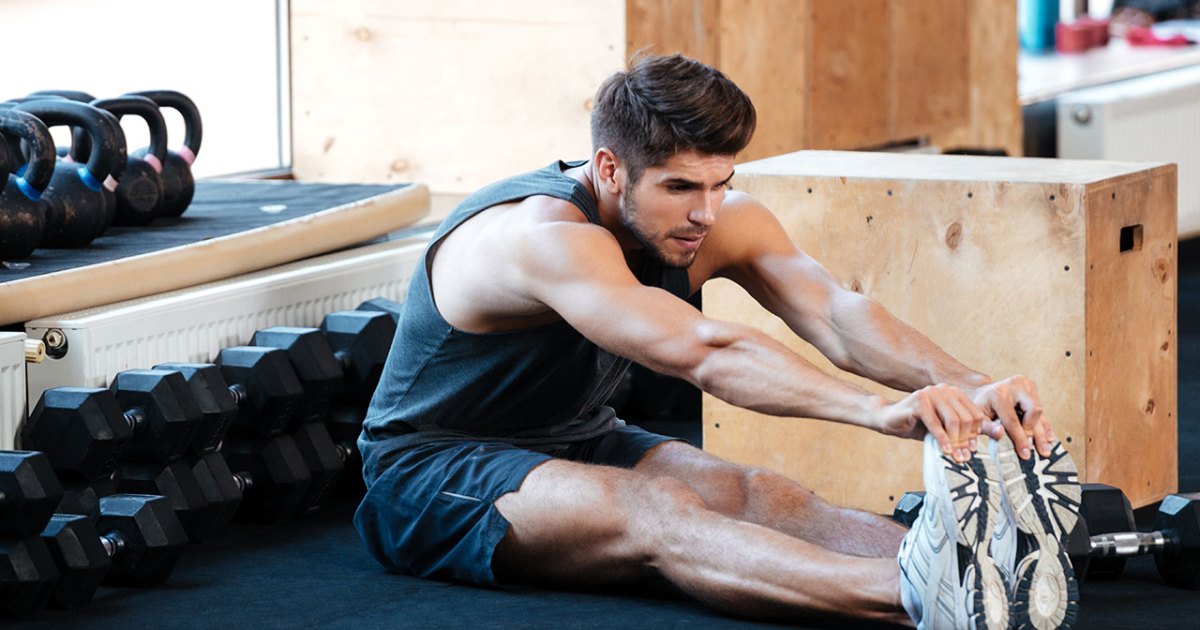
Increasing blood flow to the muscles is effective at improving poor circulation, and the best way to do this is through stretching and exercise. Stretching helps increase blood flow to the muscles to prepare them for exercise. When the individual's circulation is better, their body can recover faster from injuries because waste byproducts are eliminated easier. Additionally, it is important to keep the cardiovascular system healthy, since it aids in better circulation. There are many different exercises patients can do to help increase their circulation. Many individuals try meditation, deep breathing, and yoga. These kinds of exercises help increase blood flow through the chest and heart. Other exercises, like walking and lifting weights, are great as they also work to improve the cardiovascular system. Patients do not have to start with a rigorous exercise or stretching routine. Instead, they can start small and do more as their body gets healthier.
Wear Compression Socks
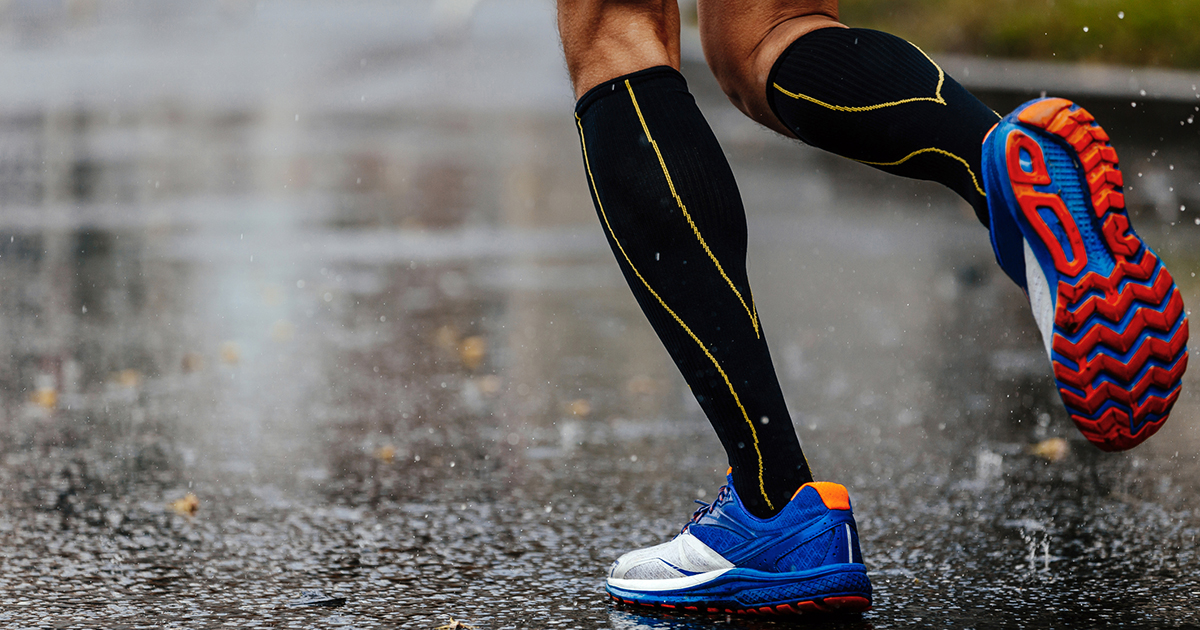
It can be a particularly good idea for patients with poor circulation to wear compression socks, especially if they also have problems with blood clots or diabetes. These are special socks that can help increase blood flow and circulation by aiding the body by forcing it up from the lower extremities. The feet and legs are usually forced to push the blood and fluid up through the rest of the body and back into blood vessels, but poor circulation makes this far more difficult. So, compression socks fit tightly on the lower part of the leg. This gentle pressure helps the blood fight gravity and prevents blood from pooling in the legs and feet. Patients usually do not have to wear them at night because their legs are horizontal then, and it is easier to make the blood flow up the legs and through the body.
Drink Lots Of Clear Fluids
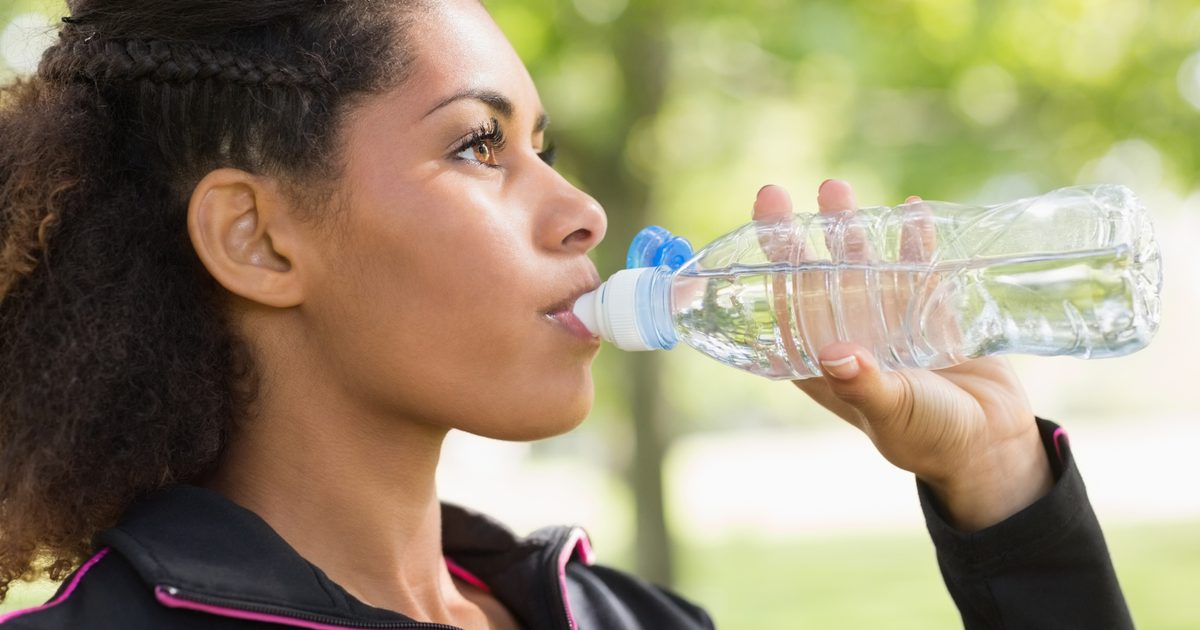
Dehydration can cause many different problems in the body, including fatigue, brain fogginess, and organ malfunction. When individuals consume enough clear fluids, they can avoid the symptoms of dehydration, while also giving their body enough fluid to keep all systems running properly. In addition to increasing blood flow, clear fluids help the body flush out toxins. When toxins are removed, the body functions better. It is important to make the flow of blood and fluids through the body as uninterrupted as possible. Drinking lots of clear fluids works quite well to combat poor circulation, which may be surprising to some. So keeping hydrated becomes a major key, since it aids blood flow.
Get A Relaxing Massage

It may not seem like a real way to improve poor circulation, but it is beneficial to get a relaxing massage. Massage can help the body in an important way, because as the individual gets a massage, the masseuse squeezes and pulls the muscles. As individuals are relaxing and having all the tensed-up areas of their body massaged, they are aiding their circulation as well. This flushes out lactic acid and lymph fluid, and carries metabolic waste out of the body and away from muscles and internal organs. The removal of these toxins helps increase circulation throughout the body, particularly when individuals drink some water following a massage.
Reduce Daily Stress
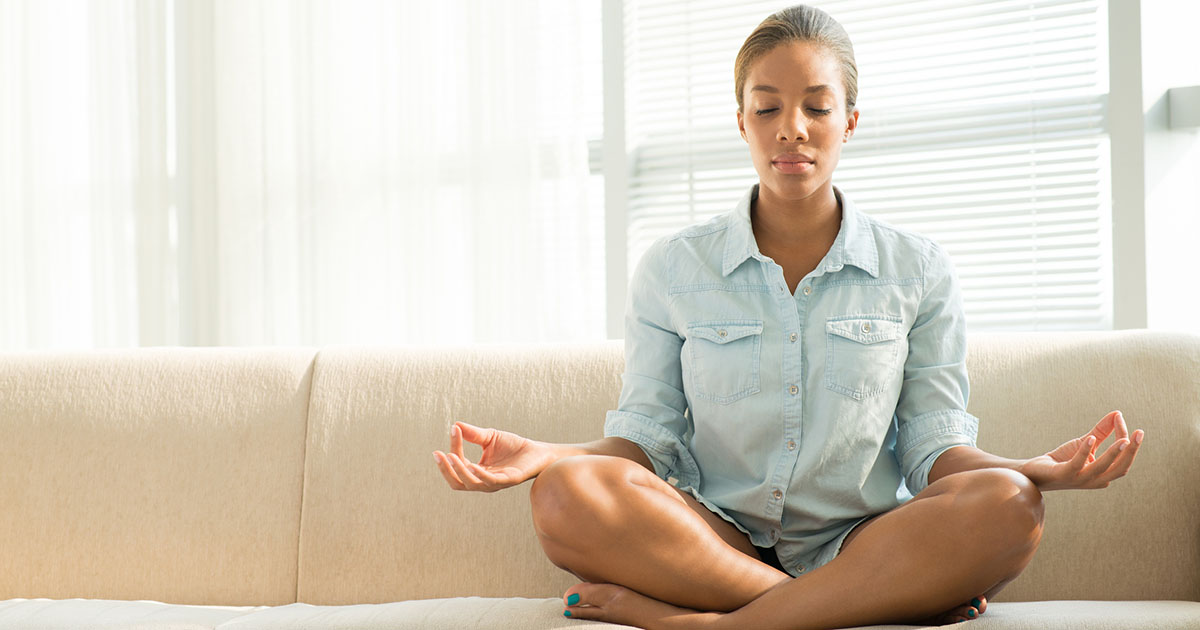
It may come as a surprise to many individuals, but reducing daily stress can greatly improve poor circulation. Stress affects the body in many ways, including preventing proper function. Stress can cause an increase in heart rate and blood pressure. It can also make muscles tighten and affect an individual's breathing. These things lead to serious issues, such as heart disease, which will cause poor circulation, among other problems.
Stress is a chemical reaction that can affect every part of the body and mind. Stress can cause the body significant and lasting harm if it is consistently a part of an individual's life, leading to serious medical conditions. It is important to reduce stress to help alleviate further medical problems. There are many ways to try to reduce stress, including exercise, stretching, medication, therapy, and reducing responsibilities. Incorporating even a few of these will help alleviate stress and some of the complications it brings, including poor circulation.
Avoid Crossing The Legs
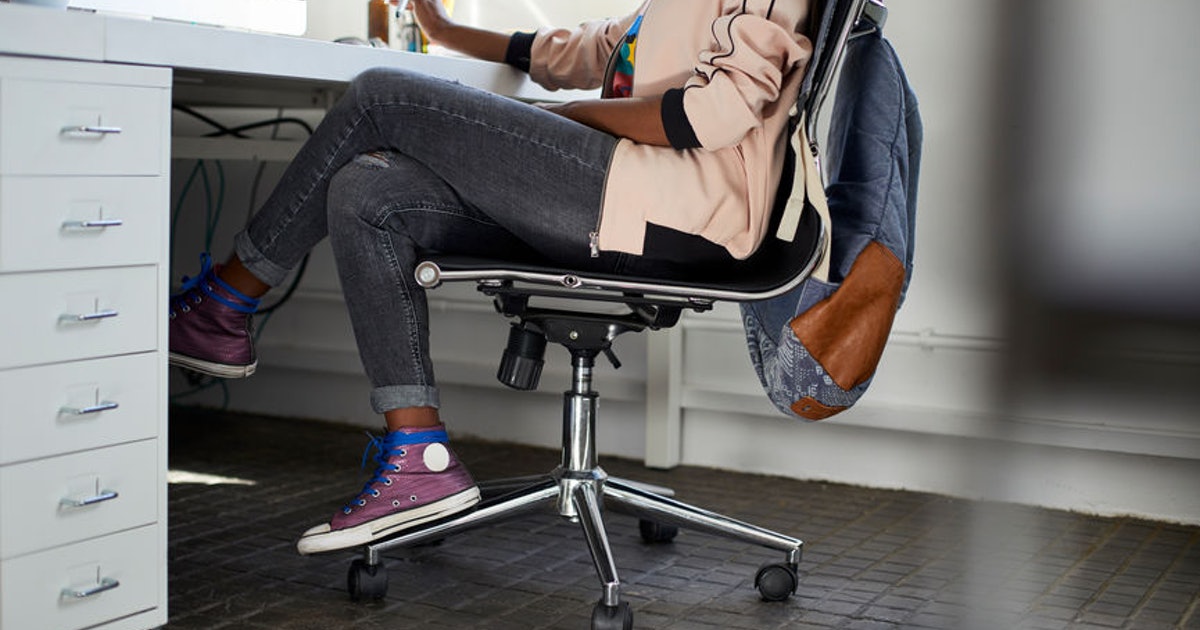
An individual who wants to improve their circulation should avoid crossing their legs. Particularly, crossing their legs at the knee should be avoided for a number of reasons. Crossing the legs is known to raise both systolic and diastolic blood pressure readings, placing more tension on the vessels as the blood passes through them. The increased tension on the vessel walls makes it harder for blood to flow correctly. When the legs are crossed, the veins in the legs become compressed from the pressure. Increased pressure on the veins can cause blood to become trapped in them because it is unable to flow back up to the heart properly. When blood becomes trapped in the legs, it accumulates and pools. When this pooling occurs, there is less blood in overall circulation because it is not moving back to the heart for re-oxygenation. This process often leads to what is known as varicose veins. Crossing the legs also increases an individual's risk of developing a blood clot because of the poor circulation it causes. An individual should avoid crossing their legs for periods longer than ten to fifteen minutes at a time and should always get up and walk around afterward.
Frequently Change Sitting Position

A helpful tip for individuals looking to improve their circulation is to frequently change their sitting position when sitting for long periods while working, traveling, or in any other circumstance. Sitting for long periods requires the full effort of multiple muscles around the body to support the neck, shoulders, and trunk in an upright position. When an individual is in a fixed sitting position for extended periods, the blood vessels that feed these muscles are squeezed and become compressed. This vessel compression means circulation to these muscles is significantly reduced, cutting off their oxygen supply. Inadequate oxygen supply to the muscles required for holding a sitting position causes an individual to feel fatigued and can result in poor posture. The flow of blood also slows down because sitting has less of a demand on the circulatory system than standing or walking does. The veins in the thighs are often under pressure when sitting because individuals who sit for long periods tend to have their chairs at a higher position. Frequently repositioning the legs, pelvis, feet, and torso can help enhance blood circulation when sitting for extended periods.
Medication For Underlying Cause
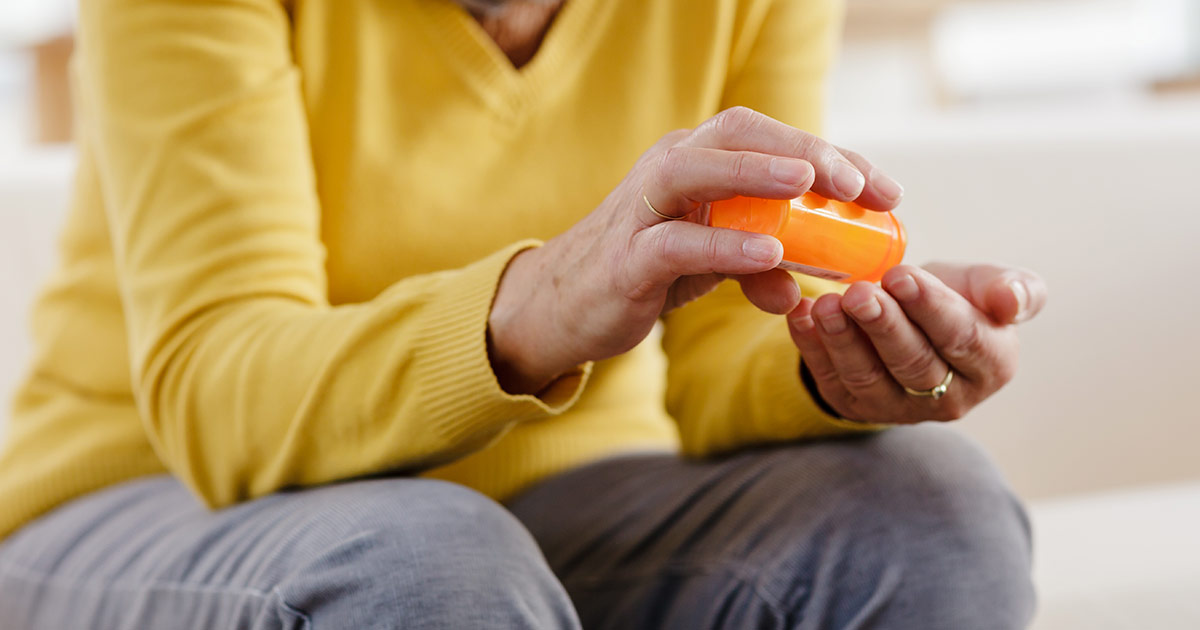
The circulatory system in an individual's body is responsible for the transport of blood, nutrients, and oxygen to all of the tissues throughout their body. Poor circulation is actually a symptom or complication of other health problems rather than a type of medical condition itself. It is critical that the underlying causes of poor circulation in affected individual be addressed with treatment, which may include medication. Medical conditions that can cause poor circulation that often require medication include peripheral artery disease, atherosclerosis, heart abnormalities, hypertension, diabetes, conditions that cause abnormal blood clotting, venous valve failure, and Raynaud's disease. It is imperative that medications such as blood pressure-reducing drugs and cholesterol-lowering drugs be taken as directed to prevent further problems with circulation. It is critical for diabetes patients to take insulin as directed to avoid neuropathy-related circulation problems. Individuals prone to the formation of blood clots should take blood-thinning medications as directed to prevent clots from developing.
Endoscopic Vein Surgery
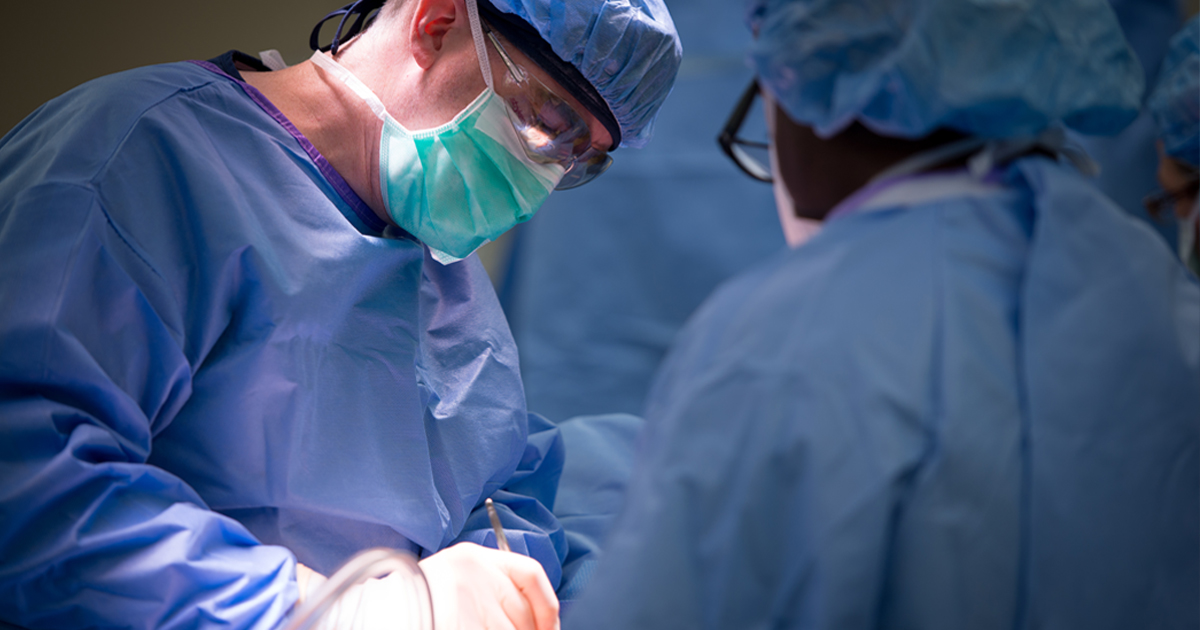
Some individuals who have poor circulation as a result of varicose or nonfunctional veins may need endoscopic vein surgery to alleviate the issue. Varicose veins are malfunctioning twisted and swollen veins with abnormal valves that appear under the surface of the skin. Because they have a valve that does not work correctly, they can swell and pool with blood causing further circulatory complications. Endoscopic vein surgery is a surgical procedure used to help treat varicose veins. During this procedure, a long camera scope device called an endoscope is inserted through an incision in the individual's skin and then inserted into the affected vein. A device on the end of the endoscope is used to seal off the vein through one of many available mechanisms. Once the vein is sealed off, blood is forced to take another venous route back to the heart and cannot become trapped in that particular varicose vein. Because blood is no longer pooling in the vein following endoscopic vein surgery, the individual's overall circulation is improved.
Take Breaks At Work

One of the best ways an individual can improve conditions of poor circulation who sit or stand for long periods while at work is to take breaks to walk around. Blood flow tends to slow down when an individual is in a stationary standing or sitting position for an extended period. This slowing of circulation is the first step that leads to circulation-related complications. Taking a break every hour or two at work to get up and move can help interrupt the cycle of poor circulation. Taking a walk to the restroom and back, the car and back, or even taking a break to walk in place can at the very least get the cardiovascular demand up. The faster blood moves through an individual's veins back to their heart and flows through the cycle over again, the better it is for circulation. Taking a break and walking around stimulates the increased movement of the blood because it raises the heart and respiration rate temporarily. This temporary increase in function makes it so when the individual becomes stationary again, the blood has to start over to undergo the slowing process.
